
Local notes from the Spanish American newspaper (pg 12; February 6, 1905, Roy, Mora County, New Mexico)
MyHeritage’s US genealogy advisor, Schelly Talalay Dardashti, describes how historic newspapers add life to our family trees.
Old newspapers are treasure troves of family information. If your family lived for a long time in one location, then local papers likely hold information about your relatives.
Such details include birth, marriage and death announcements. If your ancestors owned businesses, there may be legal records or advertisements. Social announcements, real estate records, school graduations, athletic events and even the costs of consumer goods at the time can provide a glimpse into your family and also provide a backdrop as to what life was like for them at a certain point in history.
In the Spanish American (published in Roy, Mora County, New Mexico) page 12 of the February 6, 1906 edition offers local notes such as these (see left). We learn who went where and why, business announcements and who was sick. If your family is one of those mentioned, here’s a very personal look into what happened around that time.
No matter where you live around the world, local historic newspapers provide fascinating information available nowhere else.
Although current events and major historic events are of great interest, it is the personal and cultural reporting that may be of more interest to family historians. Consumer goods are only one area of life detailed in historic newspapers, and those published in major ports (such as San Francisco and New York City) published ship arrivals, the cargo carried, as well as passengers.
In the San Francisco Call of December 10, 1905, a large display ad for Dragers department store, at Market and Jones, indicated they were selling cushion covers, Christmas post cards, slippers, gift handkerchiefs, toys, holiday silverware, gift glassware and even groceries (Kona coffee, 19 cents/pound, maple syrup, 63 cents/half-gallon, the best sweet Washington navel oranges, 30 cents/dozen).
For $15, a modern woman – perhaps one of your own relatives – could purchase a suit described as: “Coat 32 inches long; strictly tailor-made; collar, cuffs and pocket trimmed with velvet and braid, buttons to match; loose back; lined with satin; plaited skirt; blue, red, green and plum; sizes 12 to 40. This is the suit at left; the other was $18.50.

What the well-dressed woman wore in 1905. (San Francisco Call; December 10, 1905)
Let’s look at the same paper five months later, a few weeks after the major 1906 San Francisco earthquake.
The May 10, 1906 edition contains columns of personal notices where people from other cities and states are looking for missing relatives or business associates. Many organizations ask their members to send in changes of address. And, as to be expected after a major life-changing event, there are ads for furniture, rooms/houses for sale or rent, the repairing of gas lines, and more notices giving the new temporary offices for many businesses.
On page 4, Professor John Milne, described as the inventor of the seismometer, is spotlighted. The article described an interview with him on the Isle of Wight, how his machine works and that the tinkling of the machine’s bell woke him and he knew about the earthquake in California hours before the London papers. Additionally, genealogists looking for death certificates will note an article revealing that the city’s mortuary clerk will enforce burial laws, requiring burial certificates be made out on the proper form.
This edition also included the various rumors surrounding the major earthquake. The first report received in Panama on April 18 by the Pacific Mail Steamship Company manager R. P. Schwerin, said that there had been an earthquake and tidal wave and that 5,000 lives were lost.
A later cable reported that San Francisco had been destroyed by an earthquake; 200,000 lives were lost; commercial areas had been swept by a tidal wave and that part of the surrounding residences had been destroyed in a fire. It also reported that Chicago was in ashes and that New Orleans had disappeared beneath the waters of the Mississippi River. Even then, rumors were presented as news!
We learn on page two that fire was the principal cause of city damage, that no properly constructed building was damaged more than 10%, and that buildings constructed on stable ground before the previous earthquake of 1868 had no evidence of damage after the 1906 event.
Page one stories reported that most city bank vaults withstood the quake. However, the Fireman’s Fund Insurance Company’s vault of insurance business records was destroyed when a huge steel girder fell and broke the vault’s corner, allowing fire in to destroy the records.
The extraordinary work of the Signal Service Corps which began fixing communication lines immediately after the quake is detailed on page three. In a general atmosphere of chaos – and because most bank vaults were undamaged – more than 1,000 individuals and companies paid to rent steel boxes in the surviving bank vaults to store important documents and assets.
Digitizing programs for historic newspapers are underway. One great resource is the “Chronicling of America” at the Library of Congress, which is helping researchers learn more about their ancestors’ lives. Newspaper articles are also available here at MyHeritage via Record Matches.
For information on “Chronicling America,” click http://chroniclingamerica.loc.gov . To see what historical newspapers (listed by state) are online, visit the University of Pennsylvania site, http://guides.library.upenn.edu/historicalnewspapersonline
In addition to the New York Times and the Washington Post, digitized papers include the Pittsburgh Post-Gazette (“the first newspaper West of the Alleghenies”) and the Quebec Chronicle-Telegraph, published continuously for 244 years – the oldest paper in North America.
Have you accessed historic newspapers in your research? What details have you located about your ancestors? Share your discoveries in the comments below.




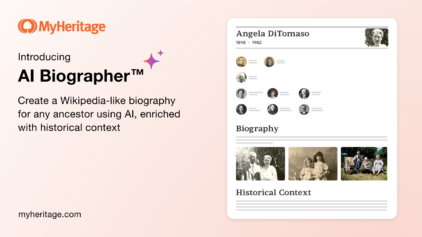
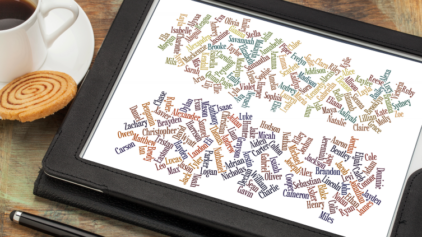
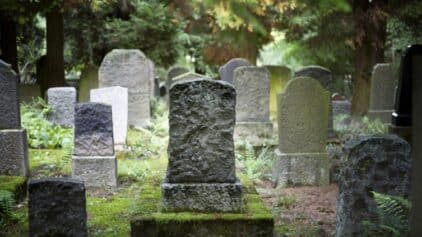
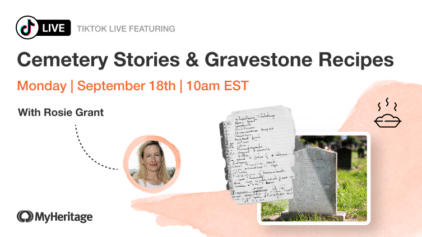



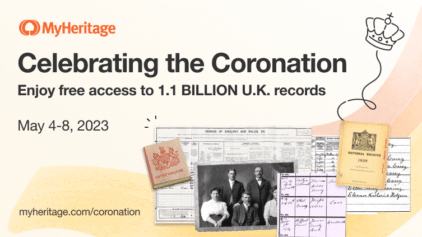

David Lee
September 11, 2014
I have been using historic/old newspapers for research ever since I first commenced researching my family tree, and they have been an invaluable source of information, including, births, deaths marriages, and other news items that I`m sure some relatives would prefer to remain in the past .Such as Court appearances for various misdemeanours and crimes. TROVE in Australia, and PAPERS PAST in New Zealand are excellent sources for anyone researching in these countries.